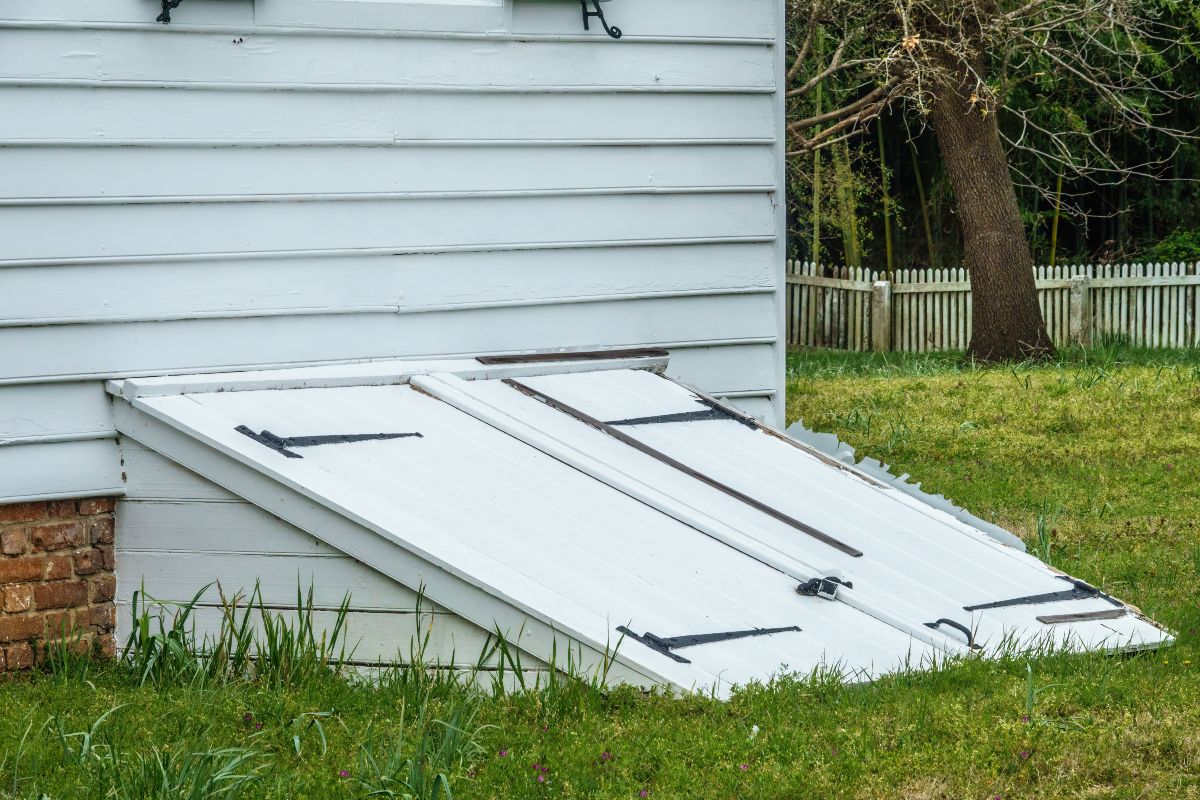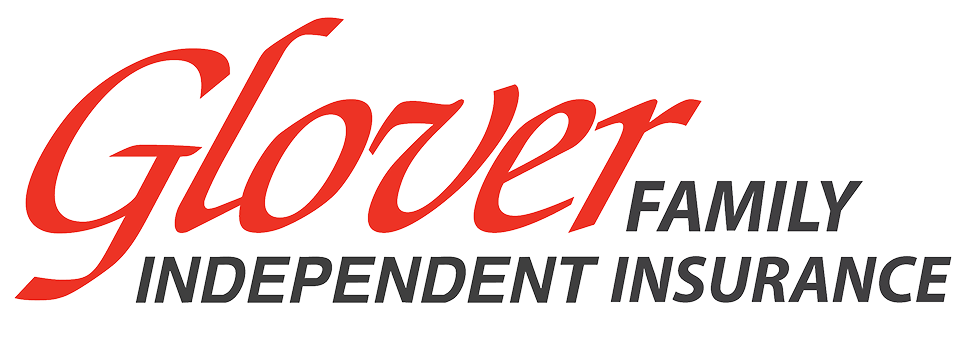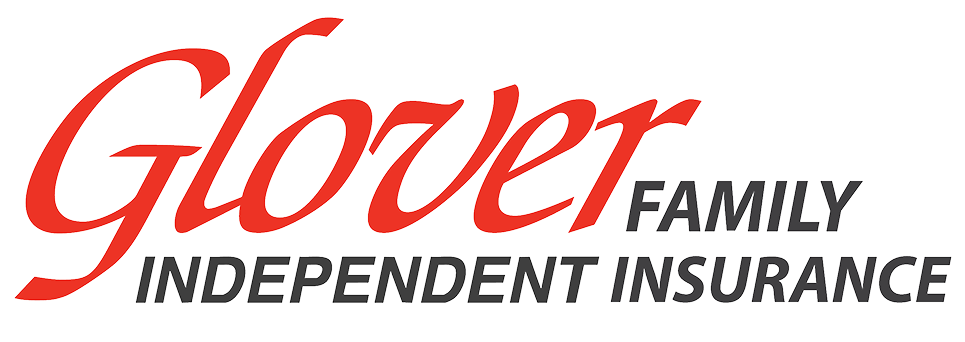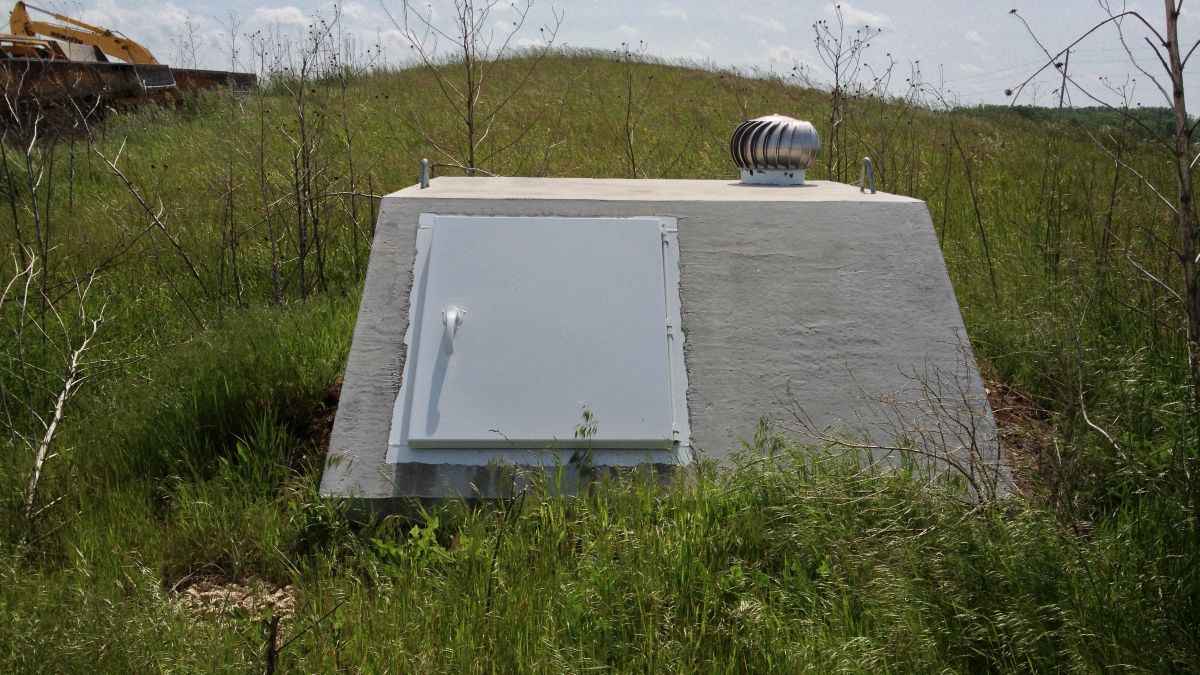The weather here in Oklahoma can be tumultuous. We’re no strangers to severe weather, and it isn’t seasonal, we face different kinds of storms all year round. Hailstorms, snowstorms, flash floods and tornadoes, we’ve seen it all here in Tulsa and across the state, and we never know when the next natural disaster might rear its ugly head.
One of the most effective ways to protect your family during these extreme weather conditions is by moving everyone into the safety of a storm shelter. But how does such a structure factor into your homeowners insurance policies? In today’s blog we’re going to discuss storm shelter coverage and how you can ensure your protection from the weather is protected itself.
Why Storm Shelters Matter in Oklahoma
In case you’re new to the area or just weren’t aware, Oklahoma sits squarely in what’s known as Tornado Alley. It’s aptly named for the high winds and unpredictable weather patterns that are prevalent throughout the area. Whether an above-ground safe room for a full-blown underground bunker, storm shelters offer critical protection during the emergencies that are all too common across the state.
Building a storm shelter on your property is a smart investment, as it can save your life and the lives of your loved ones in the event of catastrophe. The cost of installing a shelter can range from $3,000 to over $10,000 depending on the size, location and materials that you use. So you’re going to want to protect such a large investment, just like you want to protect your actual home.

Does Standard Homeowners Insurance Cover Storm Shelters?
Naturally, whether or not your storm shelter is covered by your policy will vary from provider to provider. But for the most part, a standard homeowners insurance policy covers the actual structure of your home and any attached fixtures. In other words, if your shelter is a physical extension of your home, such as a bolted safe room or a basement unit, it is likely protected by your dwelling coverage. This in turn means that anything your house is covered from – such as a tornado or fire – should also be covered for your shelter.
However, if your storm shelter is a separate structure, then it would adopt the same coverage as a detached garage or a shed in the backyard. These things typically require separate endorsements or riders, meaning your standard policy likely won’t cover it but you can obtain coverage by adding one of these.
Optional Endorsements & Riders
To make sure that your storm shelter is completely protected, you should ask your insurance agent about available endorsements and riders. These are optional add-ons that can increase your coverage limits or name specific pieces of your property that might not otherwise be covered. Here are a few examples that could help protect your storm shelter:
- Equipment endorsements
- These can cover mechanical components, so if your shelter features a ventilation system or emergency lighting, this endorsement could specifically protect them.
- Detached structure coverage
- This is what you will most likely need if your shelter is a separate structure from your house itself.
- Scheduled property riders
- This is a special kind of rider that can enable you to list specific items as well as their value, as agreed upon by you and your agent, ensuring its coverage regardless of where it’s located.
Get Coverage at Glover Family Independent Insurance
If you’re unsure whether or not your current policy covers your storm shelter – or will cover the shelter you’re thinking of building – you can feel free to reach out to us right here at Glover Family Independent Insurance. We’d be happy to discuss your current coverage and see about upgrading or getting new policies to ensure your property is fully protected.


